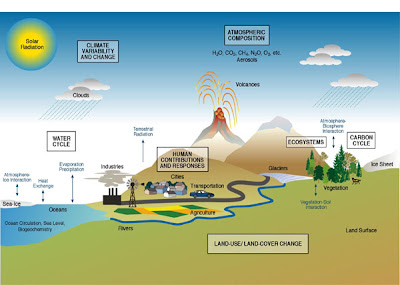Intergovernmental Panel on Climate ChangeThe goal of IPCC is to use scientific literature to evaluate the extent and understanding of climate changes, as well as the potential to adapt to or counteract climate changes.
IPCC (Intergovernmental Panel on Climate Change) was established in 1988 by the special UN organizations for environment (UNEP) and meteorology (WMO) following the Brundtland Report ”Our Common Future”.
The goal of IPCC is to use scientific literature to evaluate the extent and understanding of climate changes and their effects, as well as the potential to adapt to or counteract anticipated climate changes.
It is a key point that the work in the United Nations Climate Change Panel follows normal procedures for scientific publications, in particular the principle of peer review. The scientific authors of the IPCC reports are all selected for reasons of their scientific expertise.
The authors’ task is to collate and evaluate the knowledge that is available in international scientific, technical and socio-economic literature using traditional scientific methods and working principles. Then, the reports are sent to specialists for review, and in a second round to government representatives from the member countries of the organizations.
Thus there are over 1200 independent scientific authors and 2500 reviewers who have taken part in the preparation of the IPCC’s Fourth Assessment Report published in 2007.
IPCC's secretariat is based in Geneva and is organized into three working groups and one Task Force.
The first working group evaluates literature in natural science about climate and climate change. The second is concerned with the consequences of climate change, and the potential for adapting to them, while the third working group evaluates the potential for reducing the planet’s emissions of greenhouse gases, and thus limiting the climate changes. Finally, the Task Force is responsible for the National Greenhouse Gas Inventories Program.
IPCC has published four Assessment Reports (in 1990, 1995, 2001 and 2007). Each Assessment Report consists of contributions from the three working groups and a Synthesis Report.






